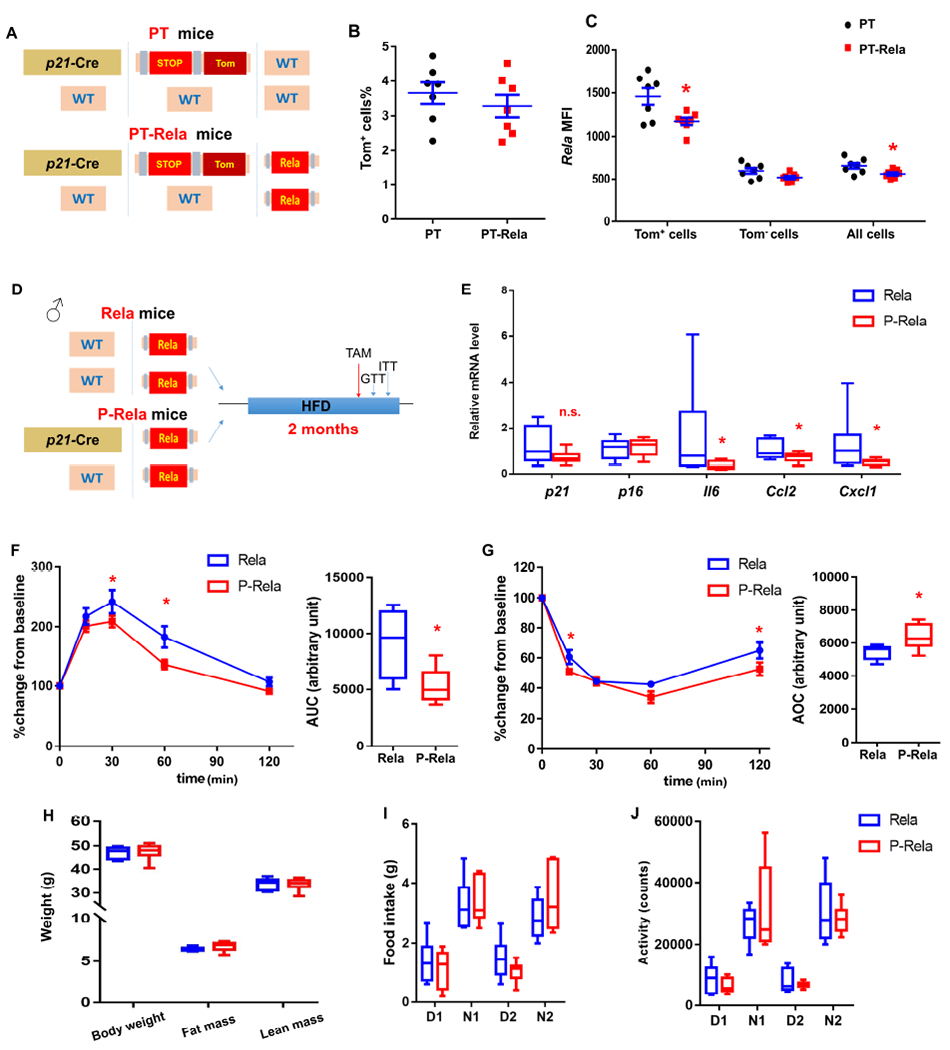Figure 5. Inactivation of the NF-κB pathway specifically in p21high cells alleviates obesity-induced metabolic dysfunction.

(A) Transgenic schematic of PT and PT-Rela mice.
(B) Proportion of Tom+ p21high cells in SVF from PT and PT-Rela mice fed with HFD.
(C) Mean fluorescence intensity (MFI) of Rela staining by flow cytometry in Tom+, Tom− and all SVF cells.
(D) Experimental design.
(E) Relative mRNA expression in gVAT.
(F) GTT curve (mean ± s.e.m.) and AUC, (G) ITT curve (mean ± s.e.m.) and AOC in HFD-fed Rela and P-Rela mice.
(H) Body composition.
(I-J) Food intake (I) and activity (J) during daytime (D) and night (N) for 2 days in HFD-fed Rela and P-Rela mice.
For B and C, n = 7 for both groups. Results were shown as means ± s.e.m. For E, n = 8 for Rela, n = 9 for P-Rela. For F and G, n = 7 for Rela, n = 6 for P-Rela. For H-J, n = 6 for both groups. For B-C, E-J, n represents the number of biological replicates with 1 technical replicate. Results were shown as box-and-whisker plots, where a box extends from the 25th to 75th percentile with the median shown as a line in the middle, and whiskers indicate the smallest and largest values. n.s, no significance vs Rela by two-tailed Welch’s t-test (E). *P < 0.05 vs PT (C) or Rela (E, F, G) by two-tailed Welch’s t-test, or by two-way ANOVA (GTT and ITT curves).
